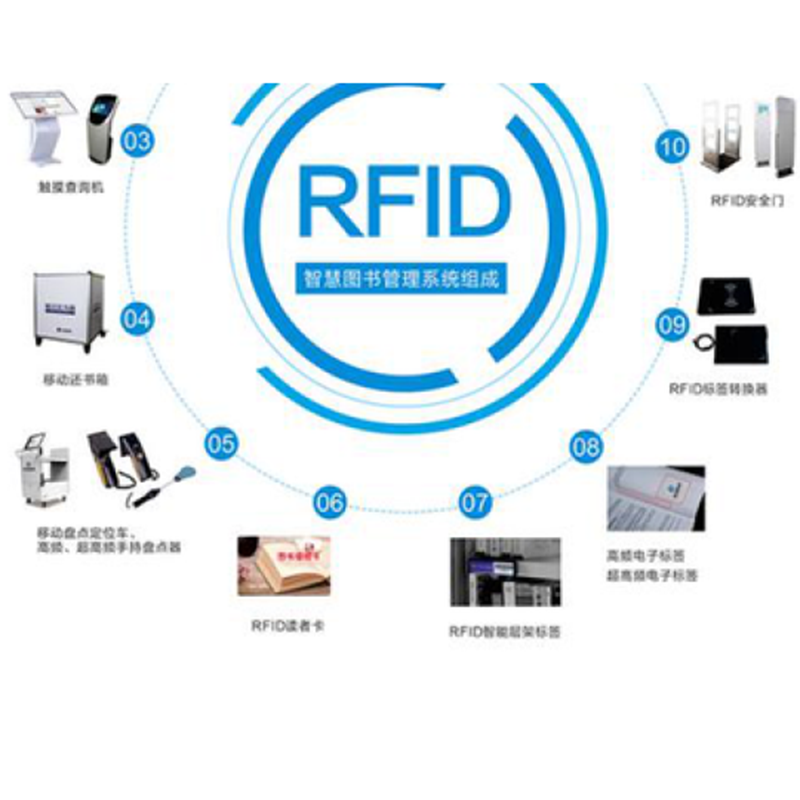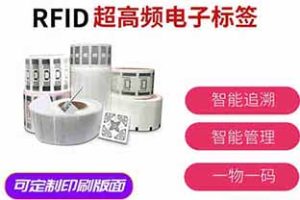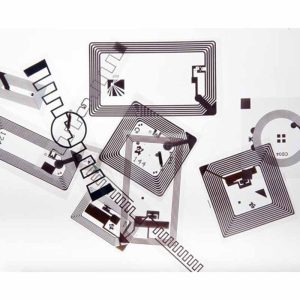RFID electronic tag manufacturers share RFID warehouse management automatic identification of inbound and outbound
Traditional warehouse management is generally based on paper documents to record and track incoming and outgoing goods, and is entirely implemented manually. Therefore, there are situations in warehouse management such as product positioning confusion, scattered warehouse information, difficulty in searching and inventorying materials, and accounting errors and omissions.
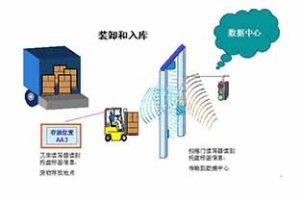
RFID Warehouse Management System
The problems faced by traditional warehouse management
1. Frequent inbound and outbound, due to low manual processing efficiency, there are often situations where inbound processing is not timely and outbound materials cannot be sent out.
2. The inbound and outbound operations rely on the experience and judgment of the staff, resulting in a high error rate.
3. Due to manual data entry, it is not possible to update and understand the inventory situation in real time, resulting in the inability to arrange procurement, sales, and shipping work reasonably.
4. There are many materials and locations in the warehouse, making it difficult to search and inventory them. With the continuous development of technology, information, and enterprise scale, the number of types of materials that need to be managed in warehouses continues to increase, the frequency of inbound and outbound operations increases dramatically, and warehouse management operations have become complex and diversified. Traditional manual management models and data collection methods can no longer meet the requirements of fast and accurate warehouse management, which hinders the development of enterprises. Introducing RFID technology for warehouse management has become a trend.
RFID technology simplifies complex workflows by recognizing advantages such as long distance, fast speed, less damage, and large capacity. RFID warehouse management introduces RFID technology into existing warehouse management, automatically collecting and identifying data from various operational processes such as warehouse arrival inspection, warehousing, outbound, allocation, warehouse relocation, and inventory counting for inbound and outbound management.
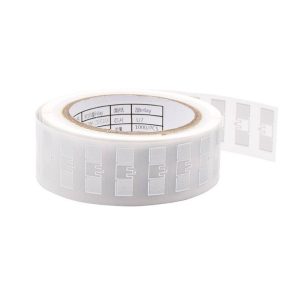
The workflow of RFID warehouse management
1. Bind tags according to the enterprise material coding rules, code the goods labels and storage location labels, and write the coding information and goods information into the electronic tag. Then, paste the corresponding RFID tag on the goods and wait for them to be stored.
2. In/out storage
1) Install a fixed RFID reader at the entrance of the warehouse, complete the batch reading of goods label information and upload it to the backend management system when entering the warehouse, and complete the batch storage of goods; After the goods are stored, they are classified according to specifications and placed in corresponding storage locations. An electronic label is installed for each storage location as its identifier, and each location has a unique ID number. Staff only need to hold an RFID reader to read the ID number on the label to obtain the information, complete the binding of the two, and upload the binding information to the backend. The entire warehousing process can be easily completed.
2) Outbound and outbound operations are reverse operations. When goods are shipped out through the RFID reader at the outbound port, all label information of the goods will be read and uploaded to the backend management system. The backend management system will verify this information with the outbound order information, and if there are no errors, the goods can be shipped out normally, completing the outbound process.
3. Inventory counting is a periodic counting work carried out according to conventional requirements, in order to timely grasp the current status of inventory goods. During the inventory, the system downloads the inventory task to the RFID handheld terminal. The warehouse keeper uses the RFID handheld terminal to read all warehouse location labels in the warehouse, and can complete the inventory of goods in the warehouse in a short period of time.
4. During the shift and relocation operation, the staff holds an RFID reader and finds the designated storage location. They retrieve the goods that need to be moved and transport them to the destination storage location. The goods are then sent to the storage location, the shelf label content is modified, and the relocation work information is sent back to the backend to complete the shift and relocation process. The introduction of RFID technology in warehouse management can achieve operations such as inbound, outbound, inventory counting, and warehouse relocation. RFID warehouse management is the process of writing material information into RFID electronic tags, identifying them through RFID readers and writers, and collecting material inbound and outbound information in real time, automatically, remotely, and accurately. At the same time, electronic tags are installed for each warehouse location to identify and facilitate warehouse management and search. Visualization management of the warehouse is carried out to improve warehouse management efficiency and ensure that enterprises timely grasp inventory data.
Welcome new and old customers to call us for inquiries. We support small batch and appearance customization. We will provide you with 1V1 technical consulting services for free! We have a research and development center of over 3000 square meters in Shenzhen Guangming Pilot Industry Base, with 12+laboratories. We welcome new and old customers to call us for consultation. Our research and development strength is strong, and we are a trusted manufacturer. Welcome to call us or sales@molddl.com For consultation, our company supports small batch customization, packaging design, and free samples for OEM processing. Please contact us!
This article is included in Baidu Wenku


